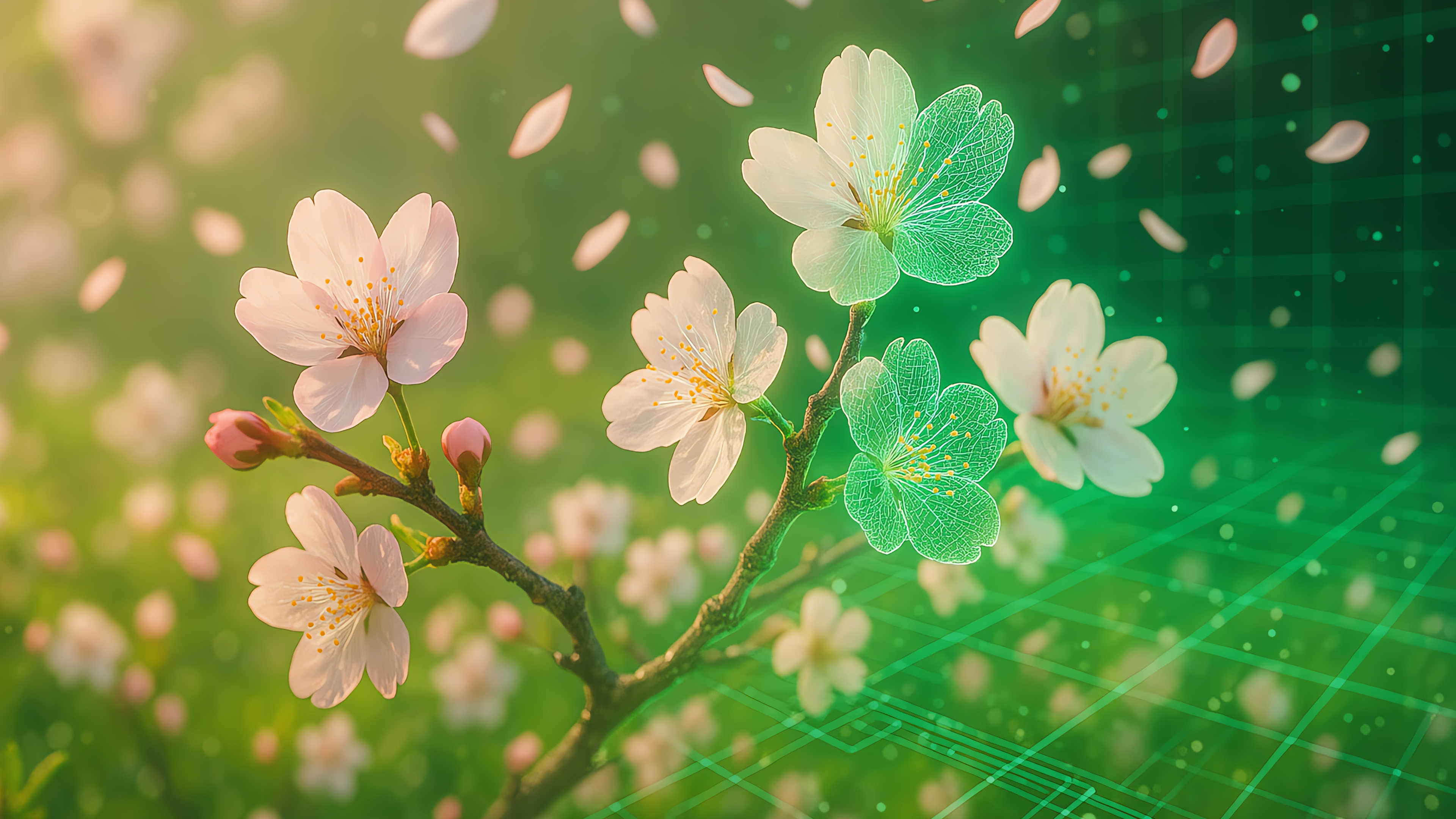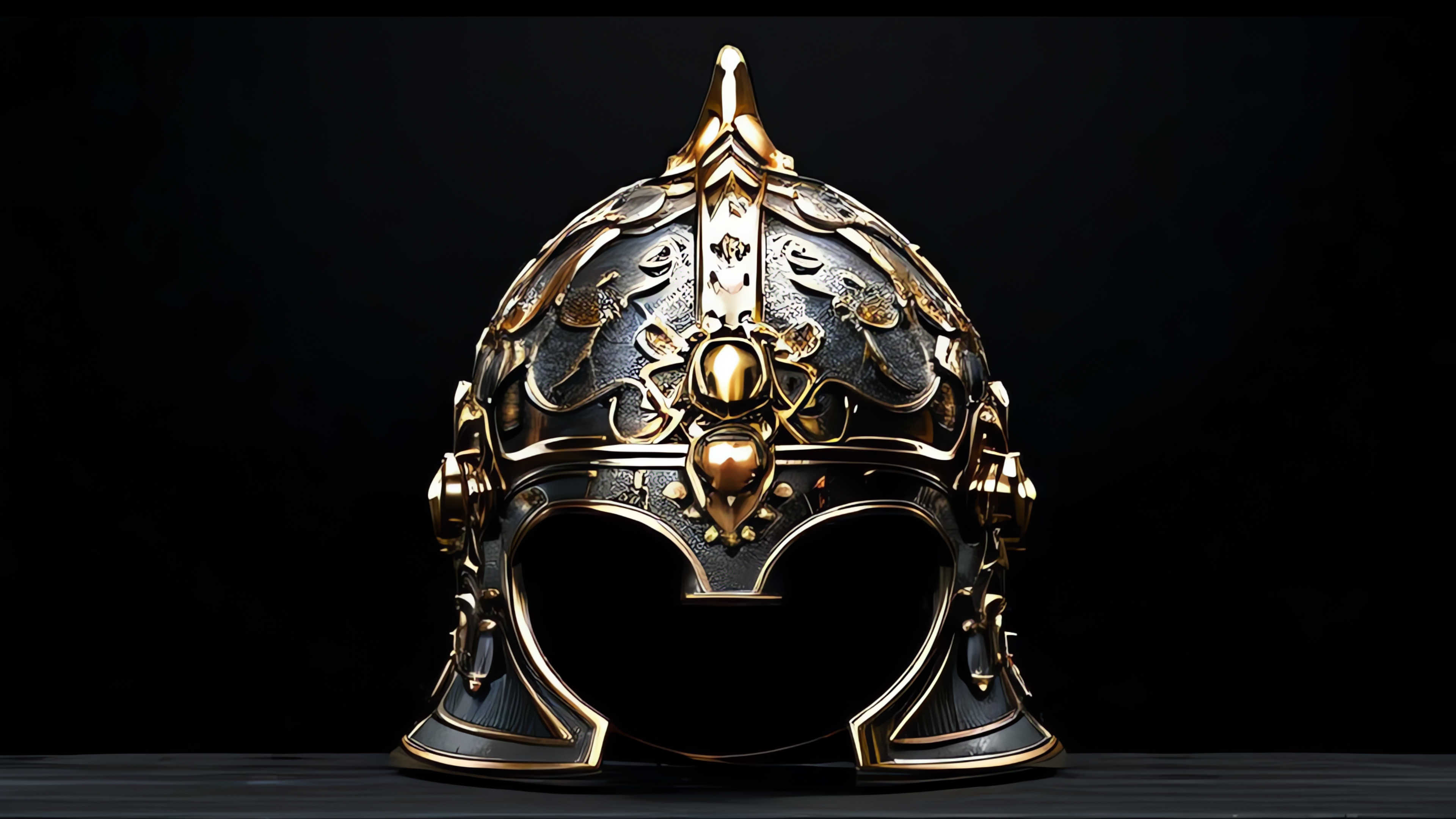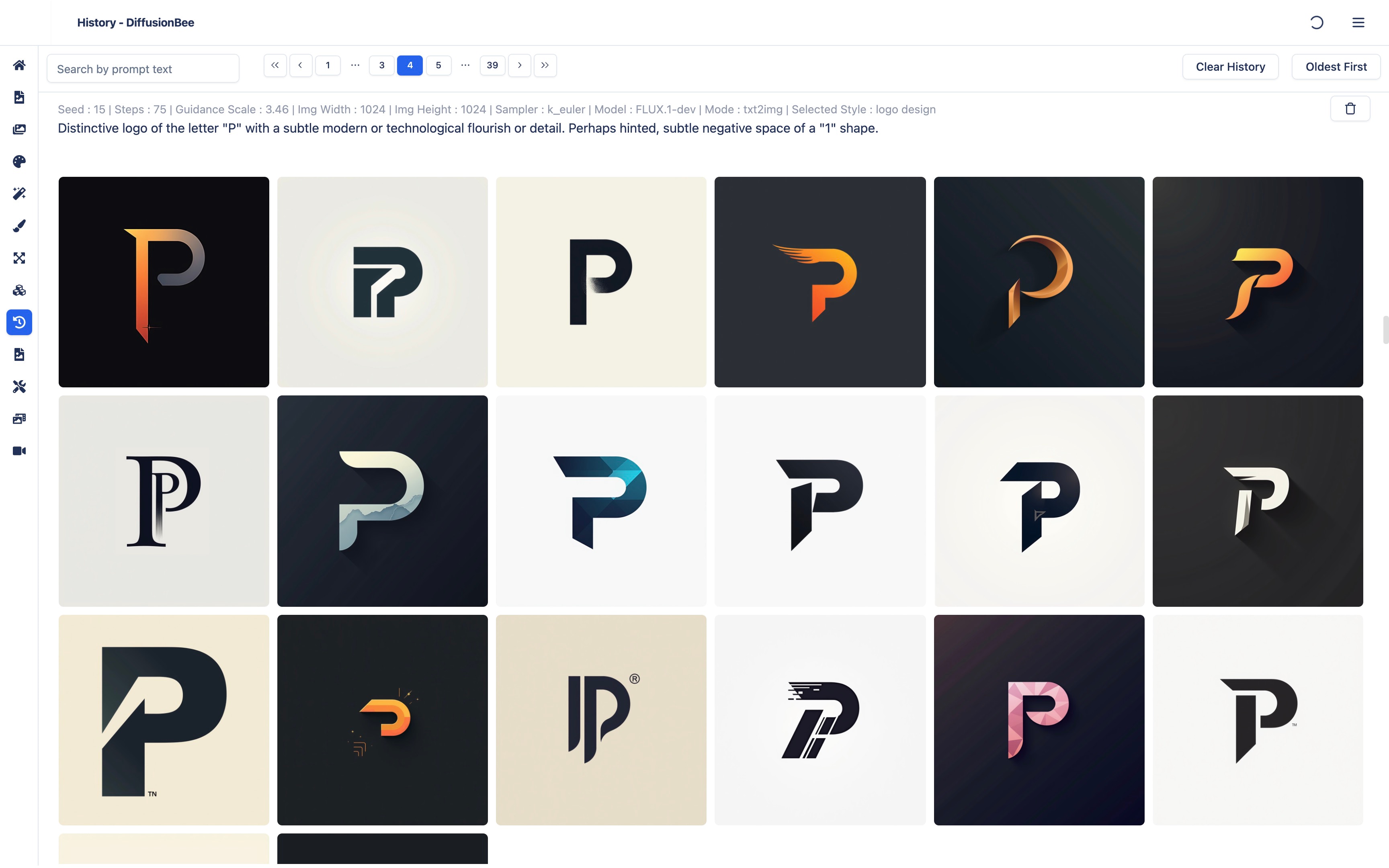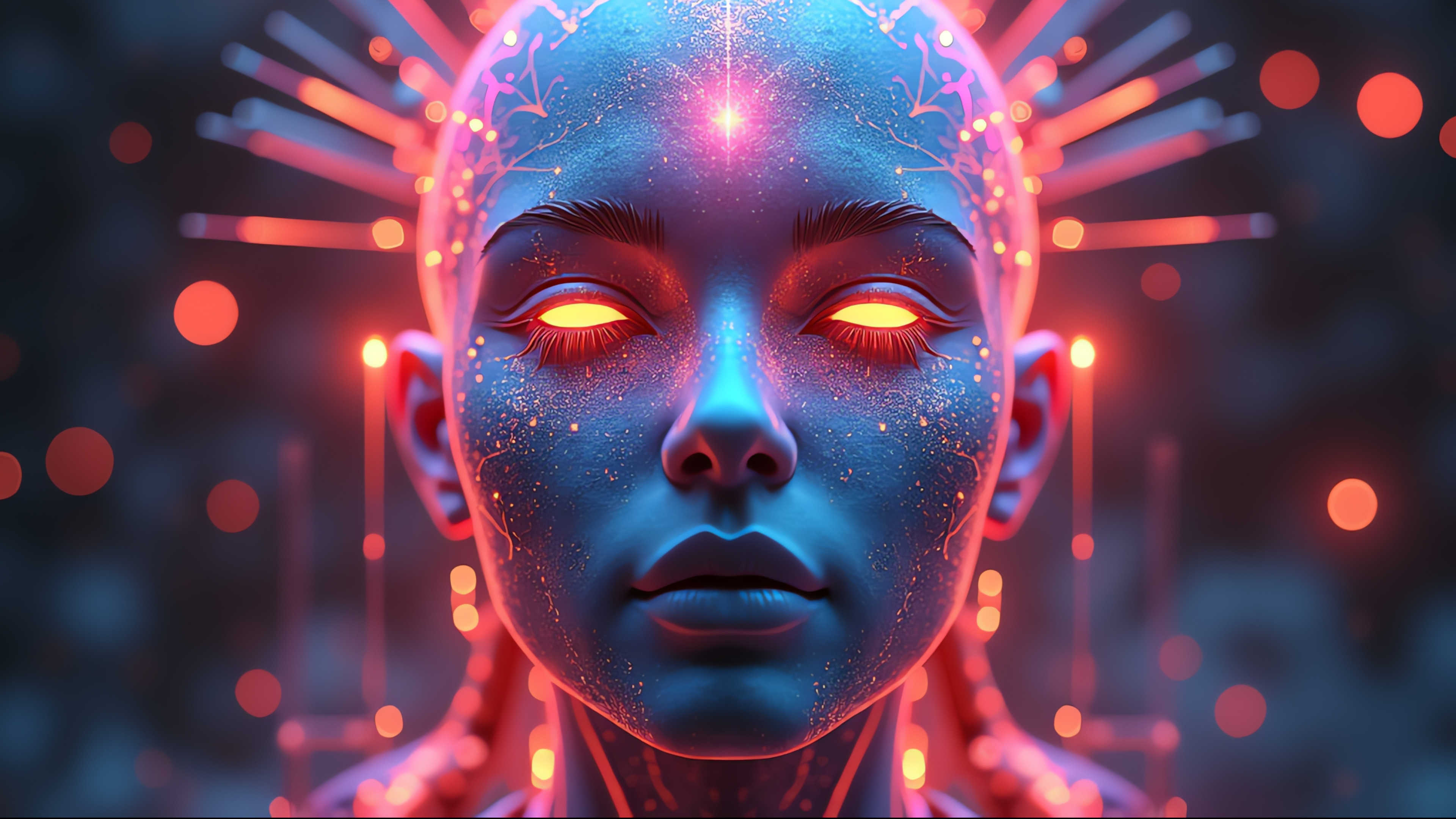BLOG
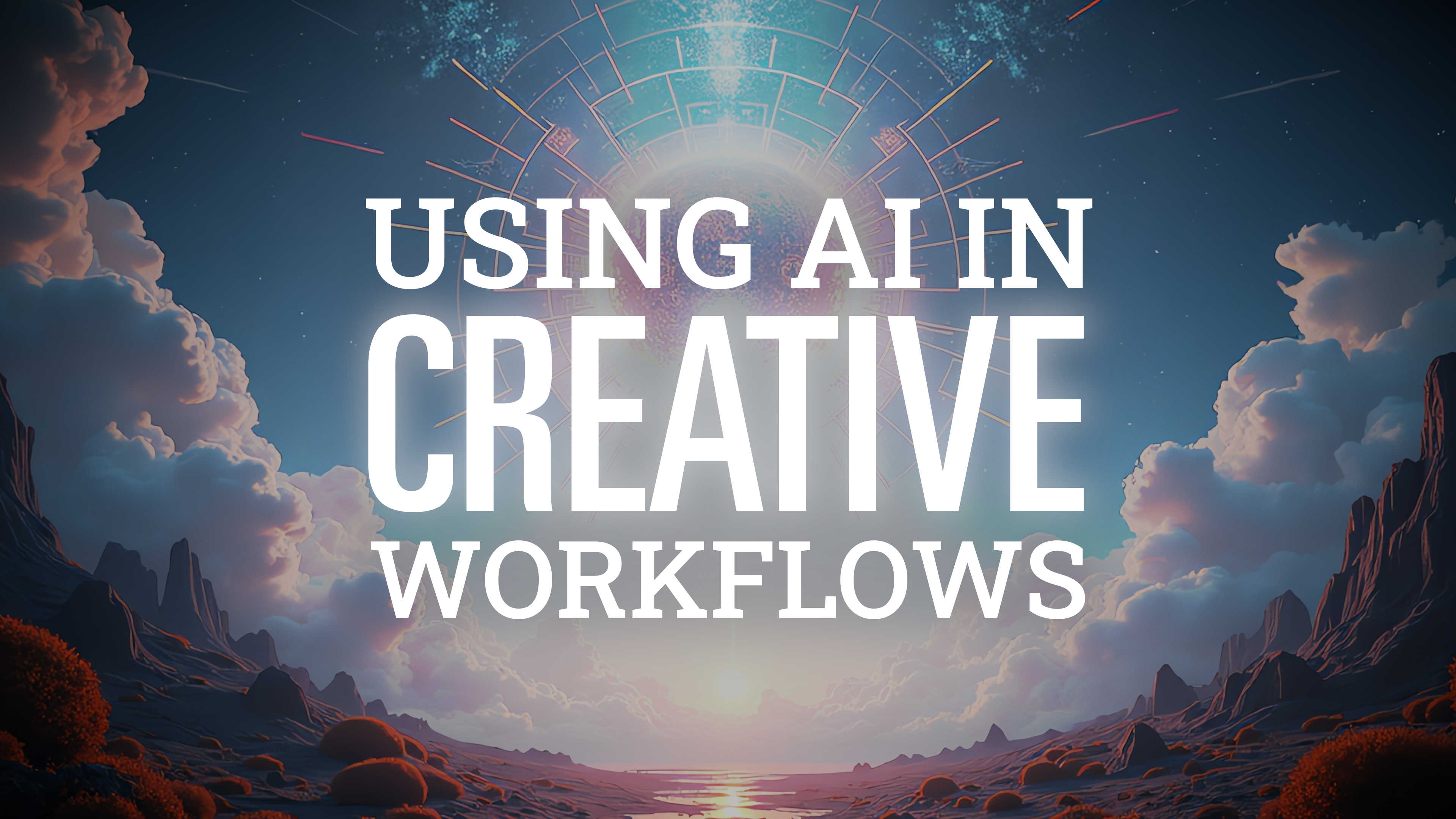
Introduction
Here at Persone Design, we’ve always believed that creativity is adaptive. As tools evolve, so do the ways we imagine, make and share. Today, one of the biggest transformations we’re experiencing is through the integration of AI. Far from a gimmick, it's a force multiplier for our studio’s capabilities.
We don’t use AI to cut corners. We do use it to go further, faster — with more experimentation. Here is a look behind the curtain at how we’re incorporating AI into our workflow recently, why it’s a force multiplier for design thinking and how we maintain our vision and integrity at the center of it all.
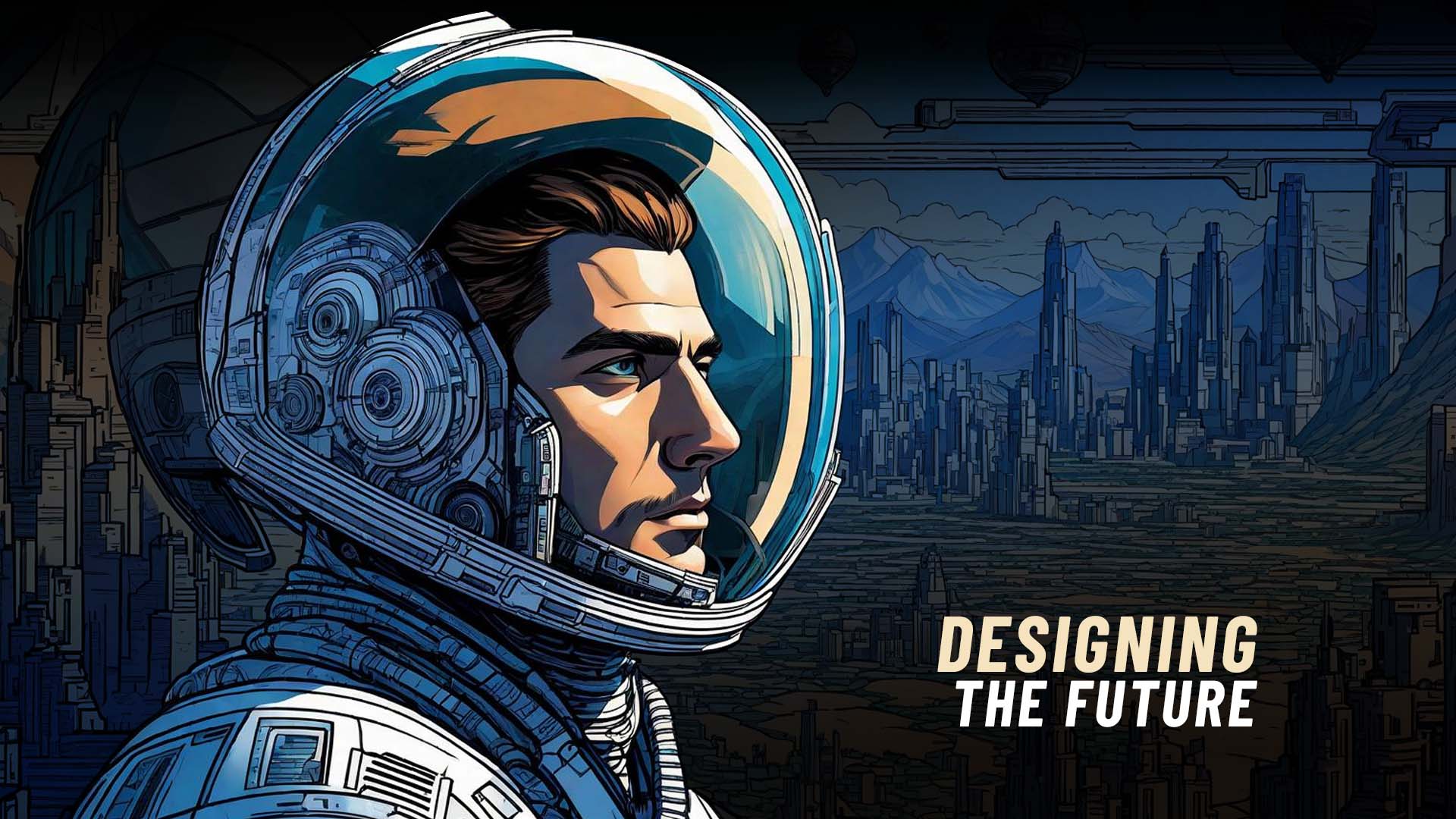
An early BlueWillow concept (circa Fall 2023). Think — "A man in a space suit overlooking a glittering metropolis in the distance."
1. Expanding Our Toolkit
From experiments to daily practice
Our journey with AI began as an experiment. We started testing platforms like
Today, AI tools are integrated into our process for:
- Generating custom visuals for blog headers and newsletters
- Accelerating content ideation and writing workflows
- Exploring new visual styles and speculative concepts
- Iterating faster with control over tone and fidelity
We're currently focused on realistic rendering using DiffusionBee with Karras sampling and 75-step iterations — always pushing for a higher level of polish and intention.

When asked how to visualize our interactions, ChatGPT created this image of it taking my dictation
2. Writing & Content Support
Outlining, refining and structuring
AI has completely transformed how we approach writing. Whether we’re starting from a brainstorm, voice memo or outline, ChatGPT helps us quickly refine ideas and bring structure to messy drafts. It’s like having a collaborative editor who never tires.
- Transforming stream-of-consciousness notes into coherent outlines
- Drafting blog posts, newsletters and marketing copy
- Rewriting sections for clarity, tone or structure
- Testing different headlines or CTA options
Instead of spending hours wrestling with structure, we focus more of our energy on shaping message, tone and creative vision — maximizing our impact.
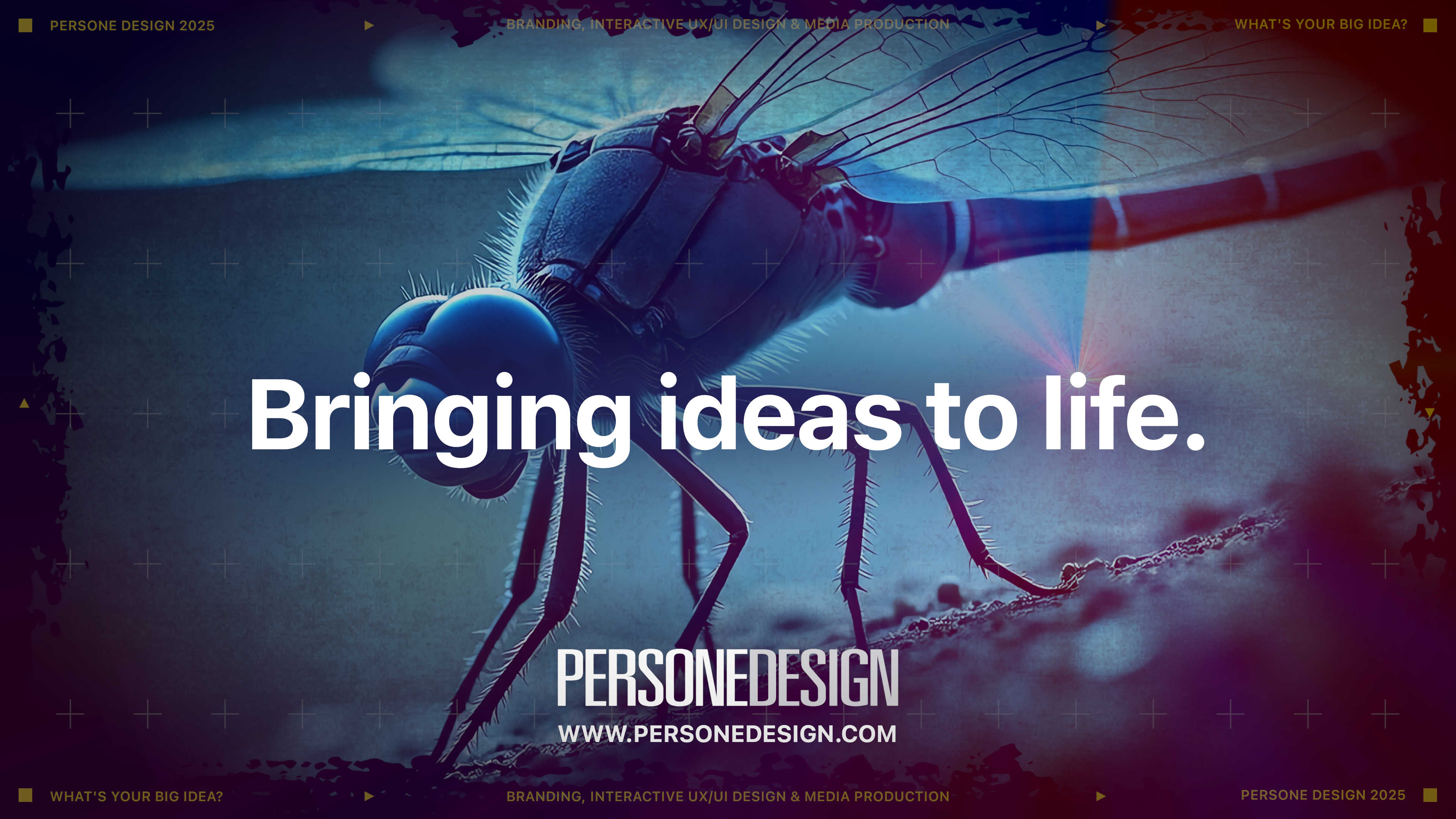
A recent promotional campaign using different creatures, including plants and animals, as inspiration for the series (2025)
3. Concept Development & Campaigns
Turning sparks into visuals and storylines
We often use AI to explore a theme visually before committing to a campaign direction. For example, our “Bringing Ideas to Life” series started with generated imagery and grew into a series of social media and promotional banners — driven by an evolving creative thread.
- Generating visual moodboards or montage-style compositions
- Exploring speculative campaign aesthetics
- Testing visual metaphors or storytelling approaches
- Prototyping before we build
AI has helped us produce significantly more expansive and expressive visuals — and iterate more widely — in much less time than before.
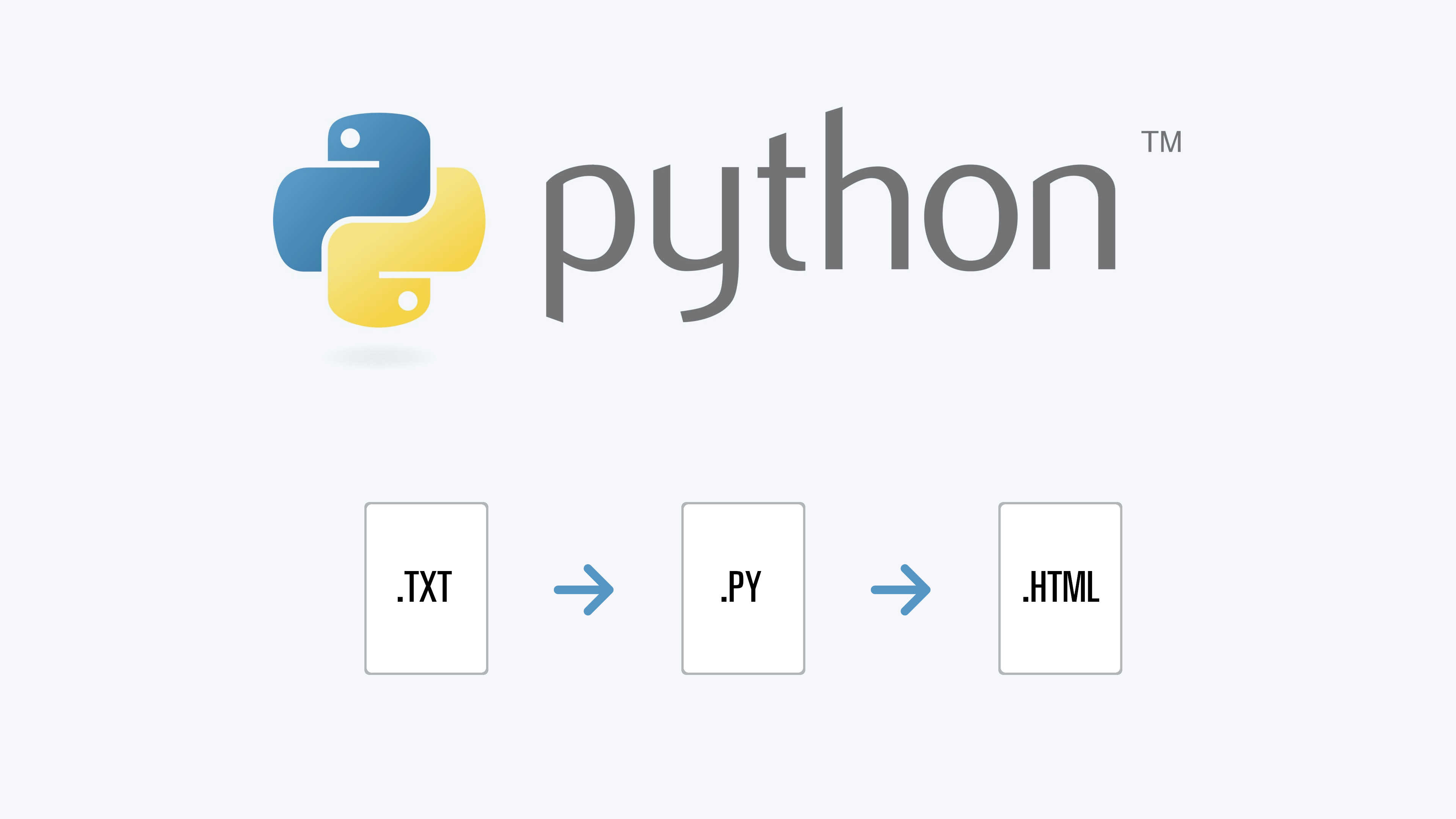
We use ChatGPT to automate key workflows with Python
4. Automation & Studio Ops
Blending AI with workflow engineering
One of the biggest shifts for us has been using AI in tandem with lightweight automation — particularly for content creation. For example, together with ChatGPT we’ve developed new Python-based workflows that convert raw blog text into HTML for rapid prototyping.
- Using AI to plan, write and refine blog posts
- Automating code population for custom blog templates
- Accelerating editing and formatting cycles
- Allowing for more consistency without killing spontaneity
Even when AI isn’t producing the final version, it’s playing a role behind the scenes — from HTML production, to asset planning, to evaluating effectiveness of copy and calls-to-action. It’s not just about creativity — it’s about operational leverage, too.






